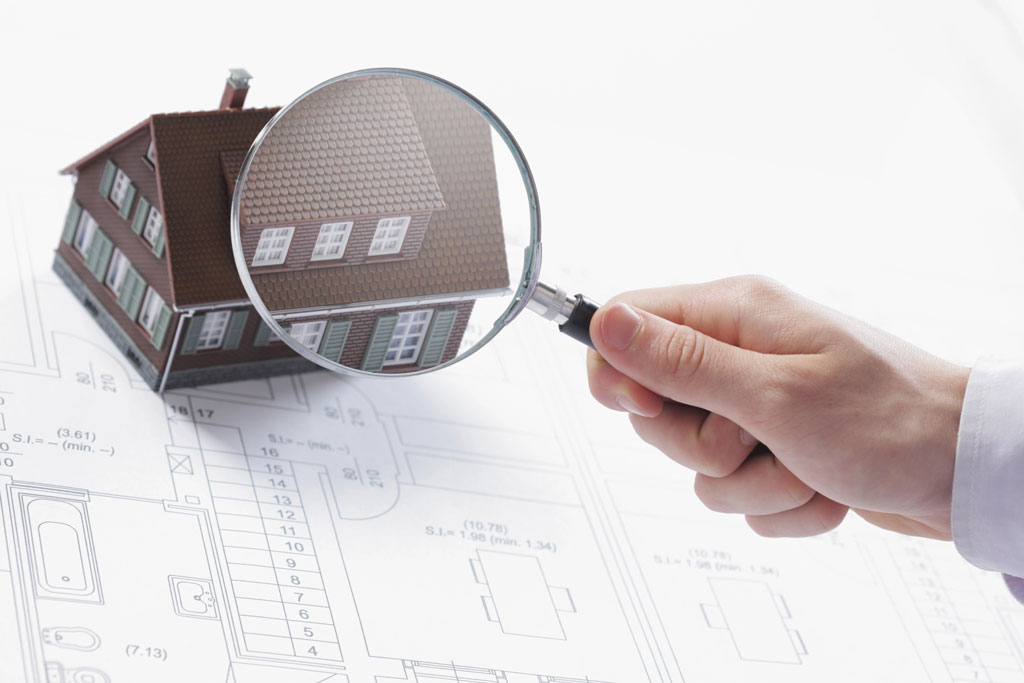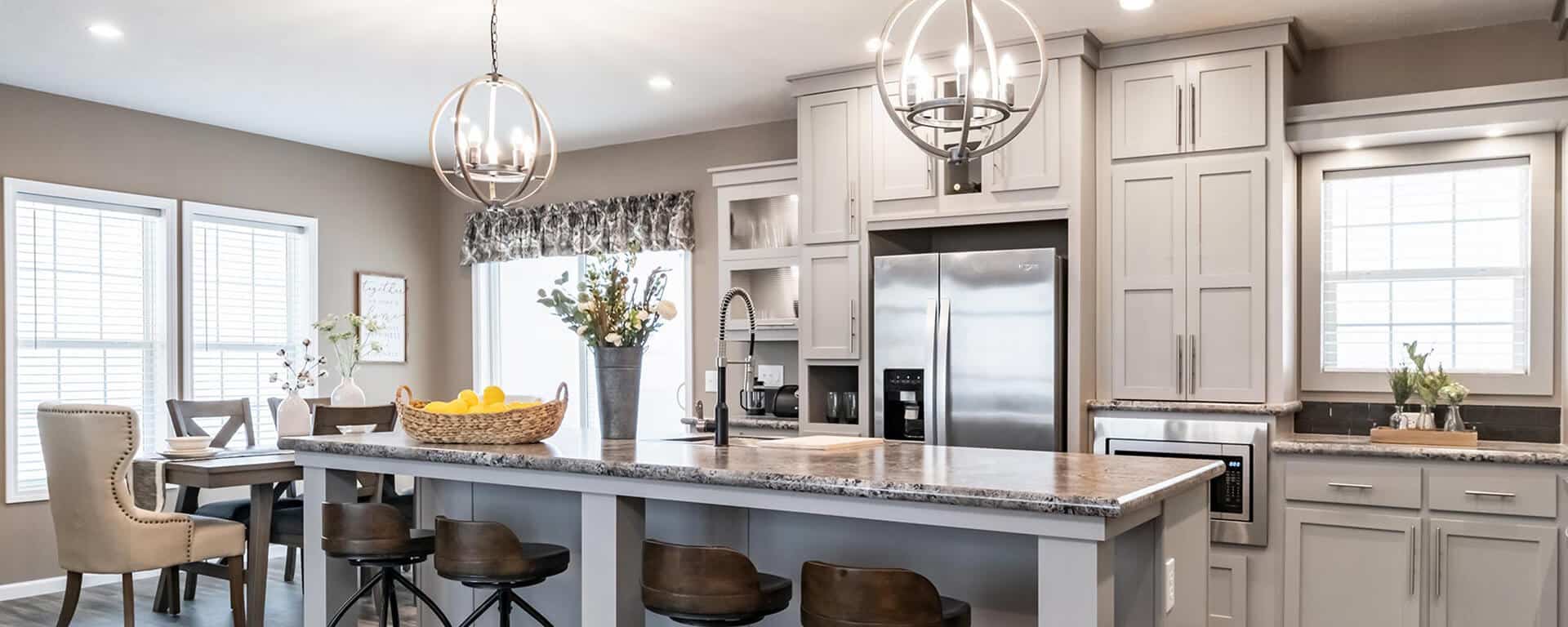Mobile Home Inspection Checklist: Know Before You Buy
Smartsites webuser
august 16, 2024

Buying a mobile home is an exciting step towards homeownership, but it’s essential to ensure you’re making a sound investment. A thorough mobile home inspection can help you identify potential issues and avoid costly repairs down the line. We’ll provide you with a comprehensive mobile home inspection checklist to guide you through the process and ensure you know exactly what to look for before you buy.
Why a Mobile Home Inspection is Important
A mobile home inspection is crucial because it reveals the current condition of the home, highlighting any existing problems or areas that may need attention in the future. By conducting a detailed inspection, you can make an informed decision and negotiate repairs or price adjustments with the seller if necessary.
Exterior Inspection
- Roof Condition: Start your inspection with the roof. Look for any signs of damage, such as missing or damaged shingles, rust on metal roofs, or sagging areas. Ensure the roof is properly sealed and free of leaks. Check the gutters and downspouts to ensure they are securely attached and functioning correctly.
- Siding and Skirting: Inspect the siding for any cracks, holes, or loose panels. Pay attention to areas near windows and doors, as these are common spots for water damage. Check the skirting around the base of the home for any damage or signs of pests.
- Windows and Doors: Examine all windows and doors for proper operation. They should open and close smoothly without sticking. Check for any signs of water damage or rot around the frames, and ensure the weather stripping is intact to prevent drafts.
- Foundation and Supports: The foundation and support are critical components of a mobile home. Look for any signs of shifting or settling, which can indicate foundation problems. Check that the supports are sturdy and not showing signs of rust or damage.
Interior Inspection
- Walls and Ceilings: Inspect the walls and ceilings for any cracks, stains, or signs of water damage. Pay special attention to corners and areas near windows and doors. Look for any soft spots, which can indicate water damage or structural issues.
- Flooring: Walk through the home and feel for any soft spots or uneven areas in the flooring. Soft spots can indicate water damage or rot, which may require significant repairs. Check for loose or damaged tiles, linoleum, or carpet.
- Plumbing System: Check all faucets, showers, and toilets to ensure they are functioning properly. Look for any signs of leaks or water damage under sinks and around toilets. Test the water pressure and check the water heater for any signs of rust or leaks.
- Electrical System: Inspect the electrical panel and ensure all circuits are labeled correctly. Test all outlets and switches to ensure they are working. Look for any exposed wiring or signs of overheating, which can be a safety hazard.
- HVAC System: Check the heating and cooling system to ensure it is in good working order. Test the thermostat and listen for any unusual noises from the furnace or air conditioner. Check the ductwork for any signs of leaks or damage.
Appliances and Fixtures
- Kitchen Appliances: Inspect all kitchen appliances, including the stove, oven, refrigerator, and dishwasher. Ensure they are in good working order and check for any signs of wear or damage. Test the range hood and exhaust fan to ensure they are functioning correctly.
- Bathroom Fixtures: Check all bathroom fixtures, including sinks, toilets, and showers. Look for any signs of leaks or water damage around the fixtures. Test the water pressure and temperature in the shower and make sure the exhaust fan is working properly.
- Laundry Appliances: If the mobile home includes a washer and dryer, test them to ensure they are working correctly. Check for any signs of water leaks or damage around the laundry area.
Safety Features
- Smoke and Carbon Monoxide Detectors: Ensure the home is equipped with functioning smoke and carbon monoxide detectors. Test each detector and replace the batteries if necessary.
- Fire Extinguishers: Check that there are fire extinguishers in key areas, such as the kitchen and nearby bedrooms. Ensure they are not expired and are easily accessible.
- Emergency Exits: Identify all emergency exits and ensure they are unobstructed and easy to access. Make sure windows designated as emergency exits open easily and are not painted shut.
A thorough inspection today can save you from unexpected issues in the future. We believe that buying a mobile home should be a positive and rewarding experience. By following this mobile home inspection checklist, you can confidently assess the condition of a potential new home and make an informed decision. Our team is here to support you throughout the process, with guidance and resources. We will ensure you find a safe, comfortable, and affordable place to call home.
